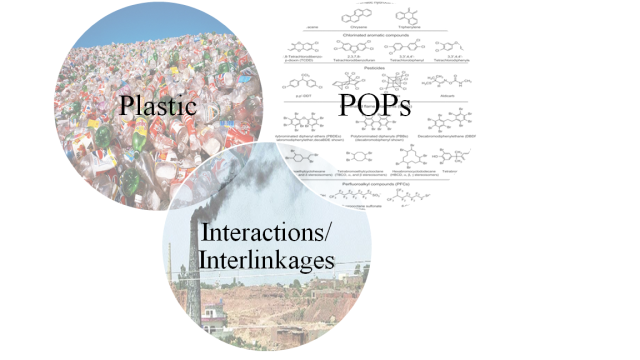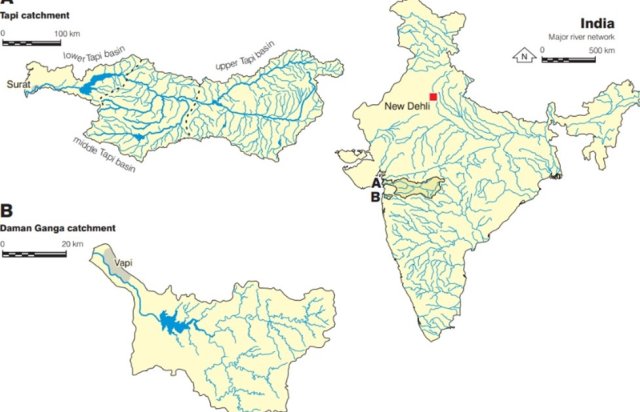Phase 1
Phase 1 of the INOPOL project (2019-2022) aimed to address the highly interlinked challenges regarding marine litter, microplastics, and Persistent Organic Pollutants (POPs) in India. It investigated the land sources, river fluxes, and ocean input of plastic and POPs pollution and developed knowledge-based reduction measures to reduce the releases and impacts of plastic pollution and POPs.
Background and main goals
The India-Norway cooperation project on capacity building for reducing plastic and chemical pollution in India (INOPOL) was established under the joint Marine Pollution Initiative in 2019.
The project aimed to support India's ambitious targets to reduce plastic releases and to implement the Stockholm Convention on POPs by (1) providing science-based knowledge and (2) strengthening the local and regional capacity to prevent and mitigate the environmental threat posed by plastic and chemical pollution. The knowledge produced under the INOPOL project formed a pilot which later could be used to scale up efforts at the national level.
Overview of the INOPOL project's goal hierarchy:
Reduced marine litter and microplastics
- Baseline for land-based sources of marine litter and microplastics established
- Monitoring capacity strengthened
- Societal drivers assessed, and awareness enhanced
- Tools for management of marine litter and microplastics developed
- Socioeconomic and societal impacts of measures assessed
- Plastic Waste Management Strategy Report: Gujarat
Reduced use and impact of
persistent organic pollutants (POPs)
- Baseline for use and release established, incl. links to plastic pollution
- Monitoring capacity strengthened
- Tools for management of POPs established
- Enhanced policy and management addressing social and economic impacts and best practices
- Capacity building and training carried out and awareness raised
- Action plan for 7 “new” POPs in Gujarat

Project Location
INOPOL focused on the maritime and industrial state of Gujarat, where rapid industrialization and urbanization had contributed to making Gujarat state one of the most polluted states in India.
Field locations in Gujarat were the catchment areas of rivers Tapi (Tapti) and Daman Ganga, in the cities of Surat and Vapi. These locations were impacted by and hosted a range of petrochemical industries, refineries, thermal power plants, cement, and rayon factories, and were receivers and transport routes for land-based plastic and chemical waste to the Arabian Sea.
Surat, the second-largest city in Gujarat, was projected to be the fastest-growing city globally between 2019 and 2035 and was a major commercial, industrial, and trade hub located along the Tapi river. Vapi was considered one of the longest chemical industrial corridors in Asia, being home to numerous small-scale chemical industries situated near the riverbanks of the Daman Ganga River.

Documents and reports
Plastic Waste Management Strategy for Gujarat (SUMMARY)
Plastic Waste Management Strategy for Gujarat (FULL REPORT)
Action Plan for Reducing Persistent Organic Pollutants in Gujarat (SUMMARY)
Action Plan for Reducing Persistent Organic Pollutants in Gujarat (FULL REPORT)
INOPOL (2021) Baseline Report Persistent Organic Pollutants in India
INOPOL (2020) Pilot Study For Plastic and Biomedical Waste Management during Covid-19